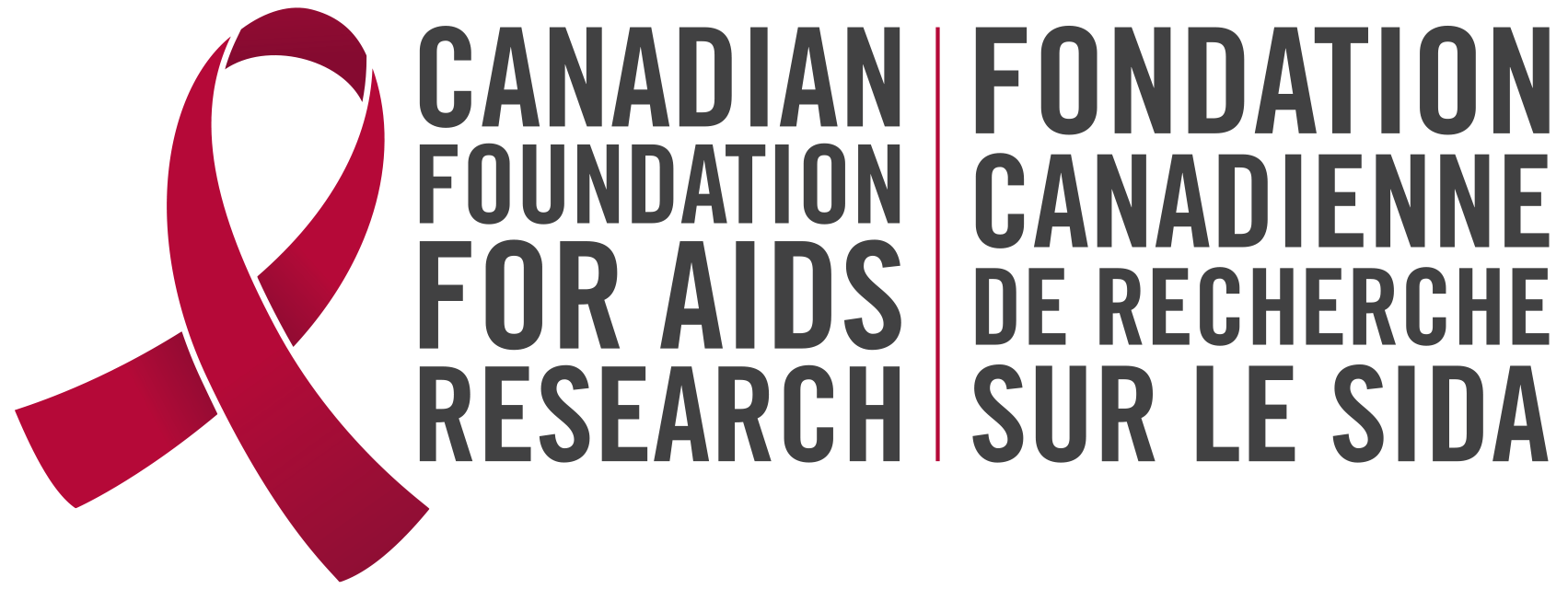
HIV IS STILL HERE.
HIV IS STILL HERE.
HIV is still a global pandemic with a staggering 1.3 million new cases in 2023—that’s 1 new case every 30 seconds. In 2022, we saw the largest leap in new HIV cases in over a decade in Canada.
HIV is a sexually transmitted and blood-borne virus that weakens a person’s immune system and can eventually progress to a condition called AIDS, if left untreated. Since the early 1980’s, over 42 million people around the world have died from AIDS-related causes, making it one of the deadliest pandemics in history.
Today, HIV is a highly manageable condition with advancements in medical treatments called antiretroviral therapy, or ART, that lowers the amount of virus in a person’s bloodstream to levels so low they cannot transmit the virus sexually.
In community, we use the phrase undetectable = untransmittable, or U=U, to reinforce the science behind HIV treatment.
Unfortunately, HIV medications are not universally accessible.
Worldwide, about 9 million people living with HIV aren’t yet on treatment. In Canada, about 15 percent of people living with HIV haven’t been connected to antiretroviral therapy — that’s almost 16,000 people who aren’t receiving life-saving care.
We can end the HIV epidemic in this generation if we significantly increase access to HIV prevention tools like pre-exposure prophylaxis, or PrEP, and offer free treatment as prevention, or TasP, to people affected by the virus.
We can also end HIV if we implement broader harm reduction practices and provide inclusive sexual health education in our schools.
We can end HIV once and for all if we let communities lead the programs that will put people first and support them where they are and when they need it.
HIV is still here. But we have a once-in-a-lifetime opportunity to end our domestic epidemic. Wear a red ribbon and join the movement to end new cases of HIV in Canada in this generation.
HIV RESEARCH SAVES LIVES.
HIV RESEARCH SAVES LIVES.

More resources
Keep exploring

